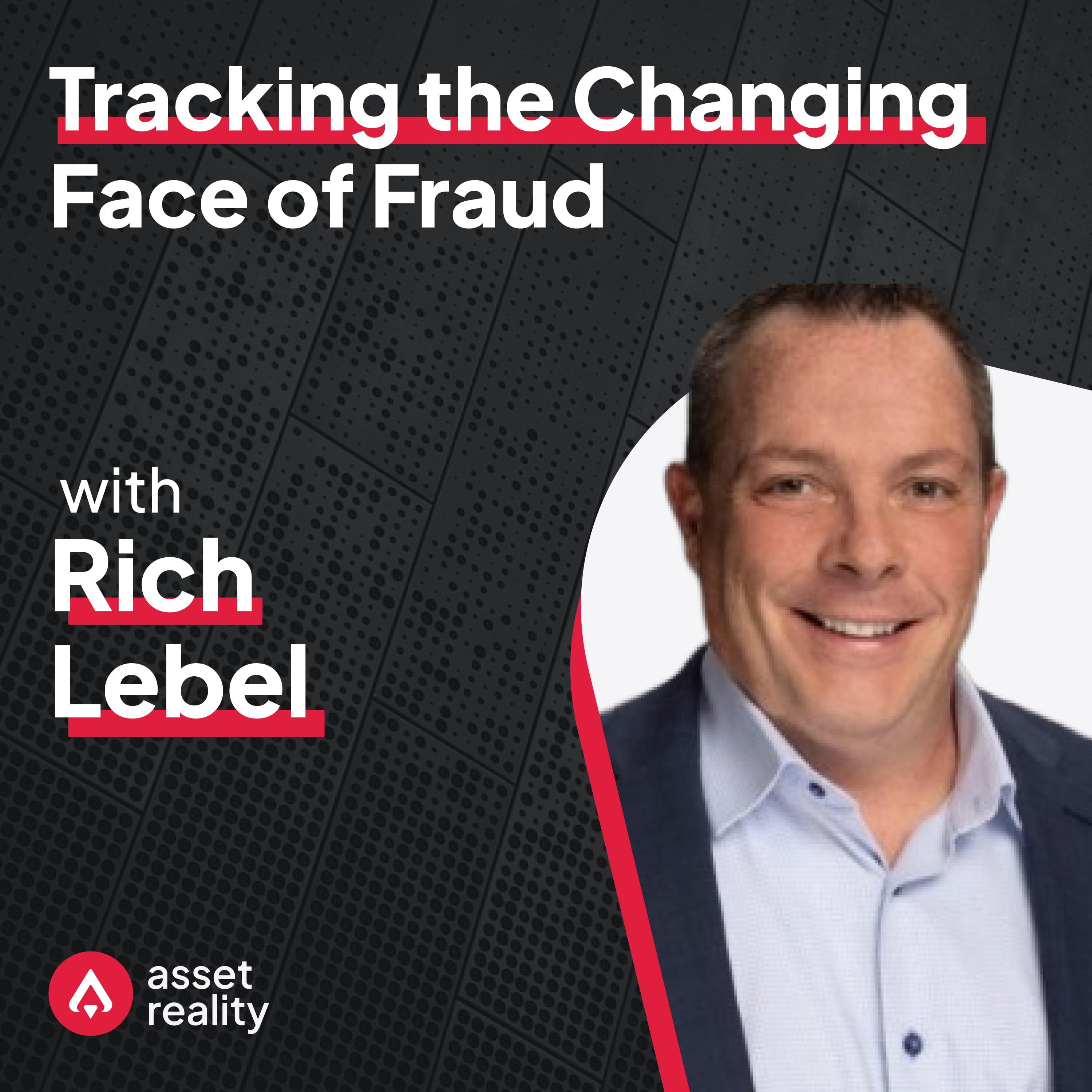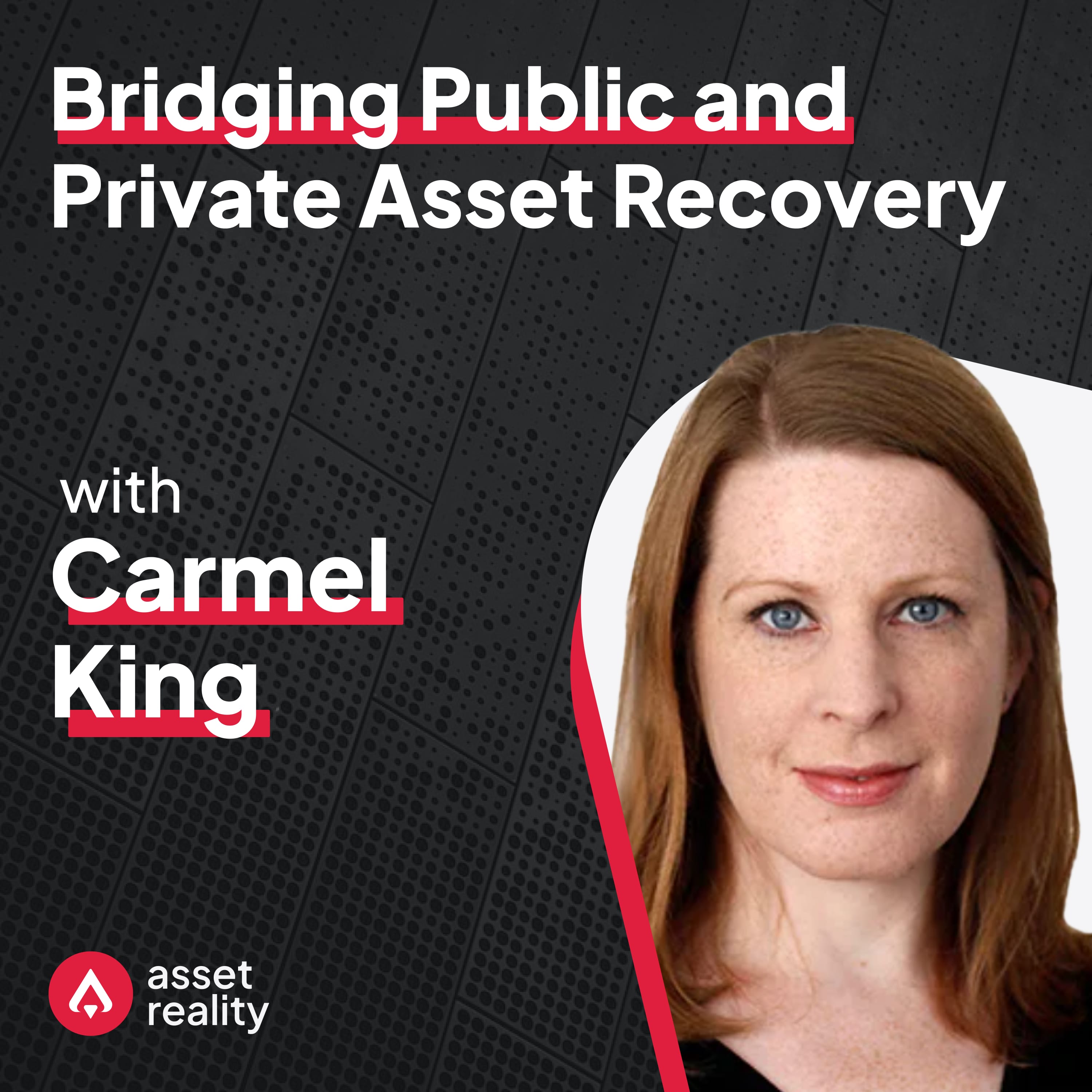Beyond the Headlines: A Deeper Look at FATF’s Stablecoin Warning
Aidan Larkin, co-founder and CEO of Asset Reality, expands on his Cointelegraph interview to provide deeper insights into FATF’s stablecoin guidance and its implications for crypto compliance and enforcement.

In a recent article published by Cointelegraph, “FATF Warning on Stablecoin Crimes is Not Anti-Crypto, Intel Firms Say” the Financial Action Task Force’s (FATF) latest guidance on stablecoins was brought into sharp focus. The piece emphasised that the FATF’s position is not a condemnation of crypto, but a call for stronger oversight, particularly as stablecoins become increasingly central to illicit finance.
The article features insights Asset Reality and Chainalysis on how stablecoins are being misused by criminals for activities like money laundering and sanctions evasion. While these assets promise speed and accessibility, they also present new enforcement challenges, something our team at Asset Reality knows first-hand from our work in global asset recovery.
To build on that conversation, we’re sharing additional insights from Aidan Larkin, co-founder and CEO of Asset Reality. Drawing from his experience in asset recovery and crypto investigations, Aidan elaborates on the implications of the FATF’s warning and what it means for regulators, virtual asset service providers (VASPs), and law enforcement.
Key Takeaways for Professionals in Crypto, Compliance and Law Enforcement
- Stablecoins are now the dominant asset in illicit crypto flows, accounting for over 60% of volume.
- The FATF’s guidance is not anti-crypto, but a call for smarter, more enforceable oversight.
- Secondary sanctions and off-chain data integration are emerging as critical tools for enforcement.
- Frameworks like CARF and DAC8 are driving a shift toward proactive, intelligence-led investigations.
- Stablecoin design features such as freezing and reissuing tokens can support law enforcement efforts.
Stablecoins: A Structural Shift in Illicit Finance
“There’s no doubt that stablecoins are increasingly central to on-chain illicit finance,” Aidan explains. “The FATF has made it clear that most illicit blockchain activity now involves stablecoins. That aligns with what we’re seeing on the ground.”
“These aren’t theoretical risks,” he continues. “We’re talking about real-world flows tied to money laundering, sanctions evasion, terrorist financing, drug networks, and ransomware.”
Criminal networks are leveraging the liquidity and cross-border functionality of stablecoins to move large sums with minimal friction, the same qualities that make them powerful for legitimate use. As enforcement agencies race to keep up, Aidan stresses the importance of smart policy and proportionate frameworks that tackle these risks without slowing progress across the wider crypto ecosystem.
The Data Behind the Concern
This change isn’t just anecdotal, it’s structural. “Chainalysis reports that stablecoins now make up over 60% of illicit crypto volume,” Aidan explains. “Bitrace found over $600 billion in stablecoin flows went through high-risk wallets. And FATF’s June 2025 update confirmed the shift.”
He points to Iran as a clear case study, where stablecoins have reportedly been used for everything from laundering oil revenue to facilitating informal hawala-style banking networks.
“We’ve seen direct governmental promotion and approval of stablecoins for sanctions evasion,” he notes, underscoring the geopolitical stakes. “We’re looking at a structural change in how crypto is used, both legally and illegally.”
Policy Tools and Enforcement Gaps
While blockchain analytics play a critical role, Aidan stresses that enforcement must go further. “Monitoring on-chain behaviour is only part of the equation,” he explains. “Enforcement in the form of secondary sanctions has been debated by politicians in multiple jurisdictions to place more onus and responsibility on those crypto entities that knowingly facilitate sanctions evasion.”
He notes that the bigger investigative challenge often lies in reconciling off-chain data with on-chain movements, “Investigations today involve reconciling massive volumes of customer records, trading logs, and transactional metadata. What’s needed is the ability to align those records with on-chain movements and build a clear, auditable picture that investigators and prosecutors can work with.”
As policymakers look to strengthen enforcement, global frameworks are evolving to support more proactive approaches to crypto oversight. According to Aidan, “Frameworks like CARF and DAC8 are pushing jurisdictions to move beyond static reporting. They are encouraging systems that enable earlier, smarter investigations by connecting data across borders and platforms”
He adds that “the focus is shifting toward risk-based supervision and operational readiness,” but cautions that “turning regulation into intelligence depends on whether institutions are equipped to interpret the data, not just collect it.”
Not Anti-Crypto but Pro Accountability
Aidan is clear: “FATF isn’t calling for a ban on stablecoins. It is calling for visibility and better enforcement - detection and deterring illicit use of any asset”
This aligns with the broader strategy FATF announced in 2023, which placed greater emphasis on asset recovery and applying traditional anti-money laundering (AML) standards to digital finance. As Aidan puts it, “The onus is on providers to comply, and on governments to ensure they have the tools and capacity to enforce. We need globally interoperable compliance frameworks, because crypto doesn’t stop at the border.”
Designing for Compliance
One of the most important points Aidan raises is that stablecoins, by design, can support compliance. “Most stablecoins are centrally issued, giving issuers the ability to freeze, burn, and reissue tokens,” he explains. “This design feature enables coordination between issuers, exchanges, and law enforcement to freeze assets in criminal cases"
These features have already been used in international investigations, and regulators are increasingly recognising the value of this traceability and control.
“It’s not a contradiction to support stablecoin innovation while demanding accountability,” Aidan adds. “The US, EU, and other major jurisdictions are moving toward frameworks that treat stablecoins as serious financial instruments. That’s not anti-crypto. It’s a recognition that credibility and growth depend on regulation that actually works.”
As global attention turns to stablecoins, the challenge isn’t choosing between innovation and enforcement, it’s building frameworks that make both possible.
As Aidan puts it: “No one wins if these assets are abused by illicit actors.”
About Aidan Larkin
Aidan Larkin is the co-founder and CEO of Asset Reality, the world’s first asset recovery operating system. He is an Associate Fellow at the Royal United Services Institute (RUSI), has testified before the UK Parliament on the illicit use of crypto in terrorist financing, and serves as a lecturer and subject matter expert for the UN Office on Drugs & Crime and the Council of Europe.















.png)









.avif)



